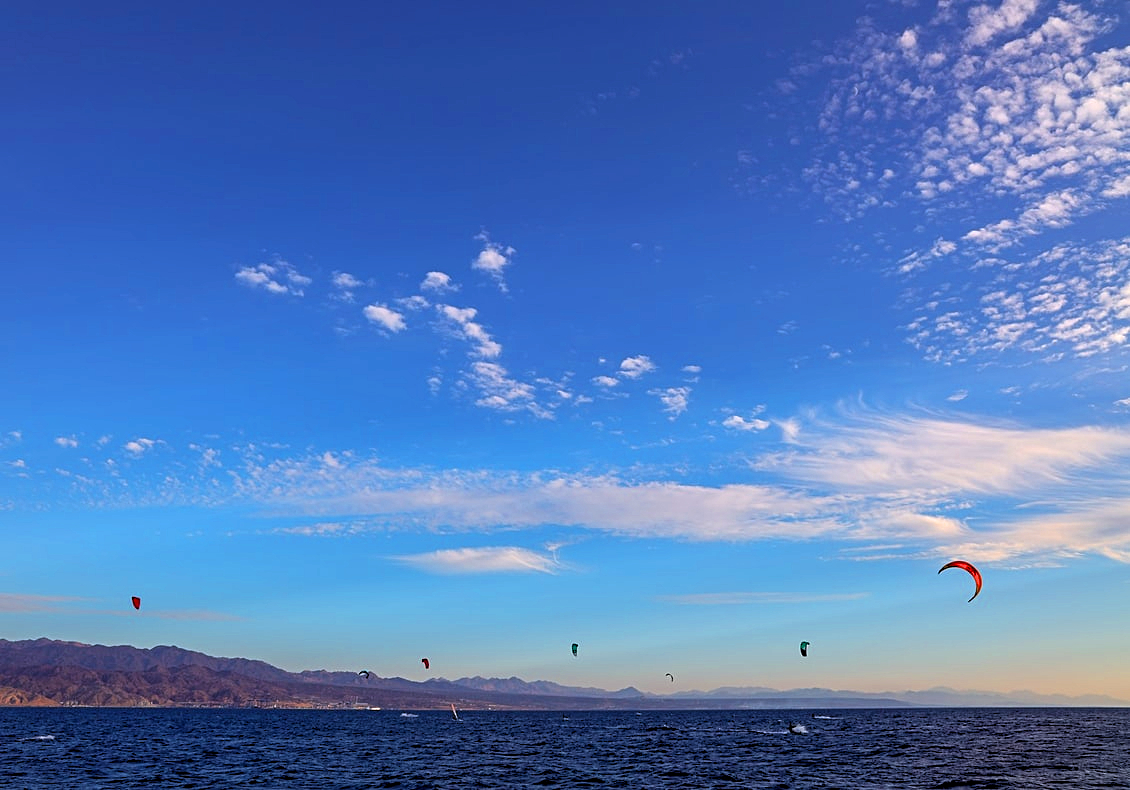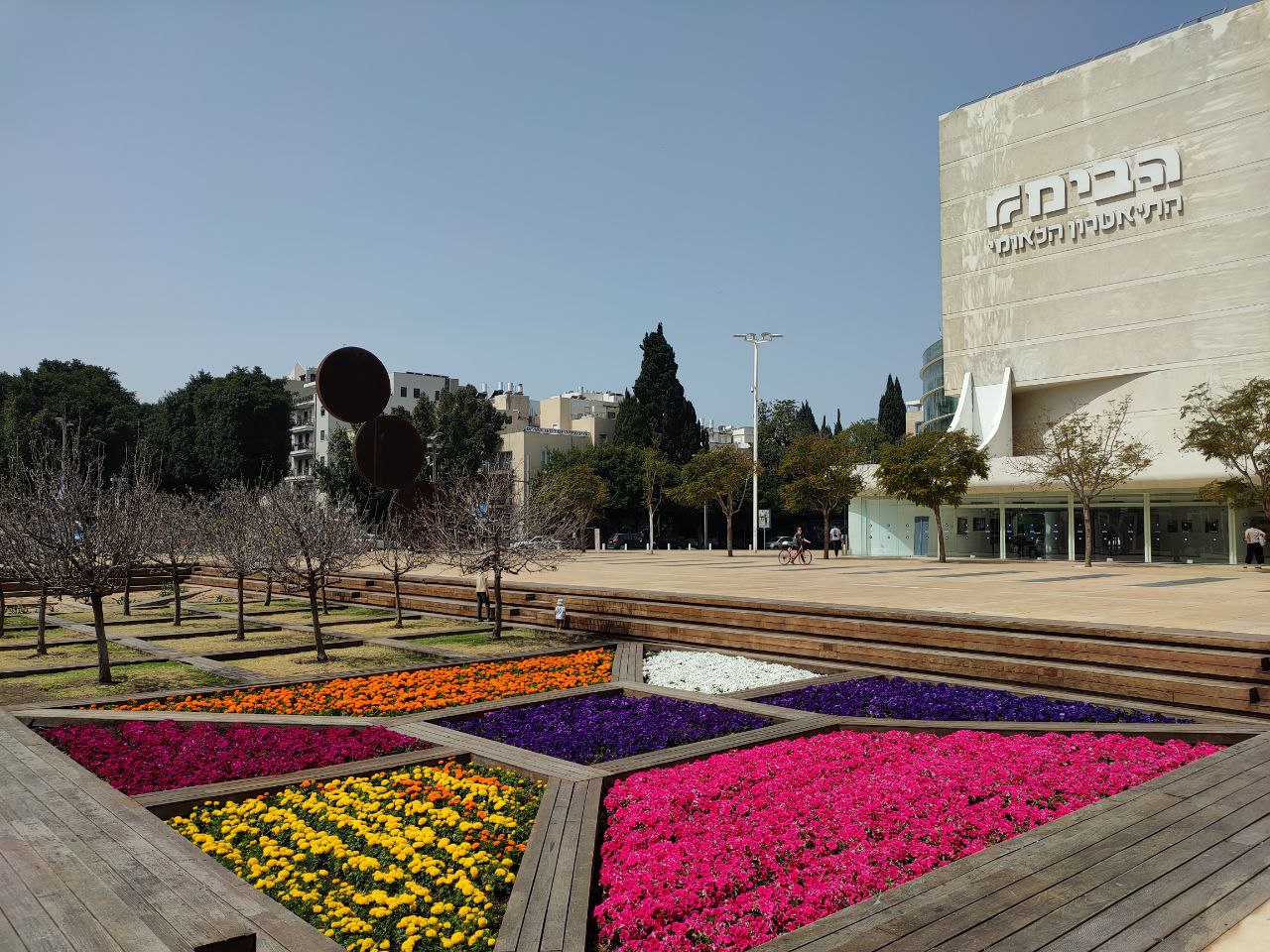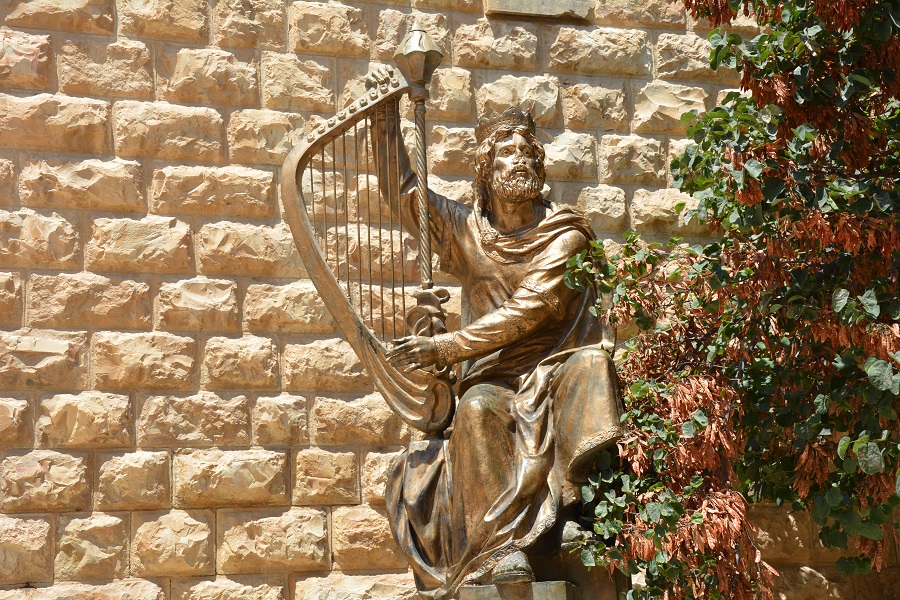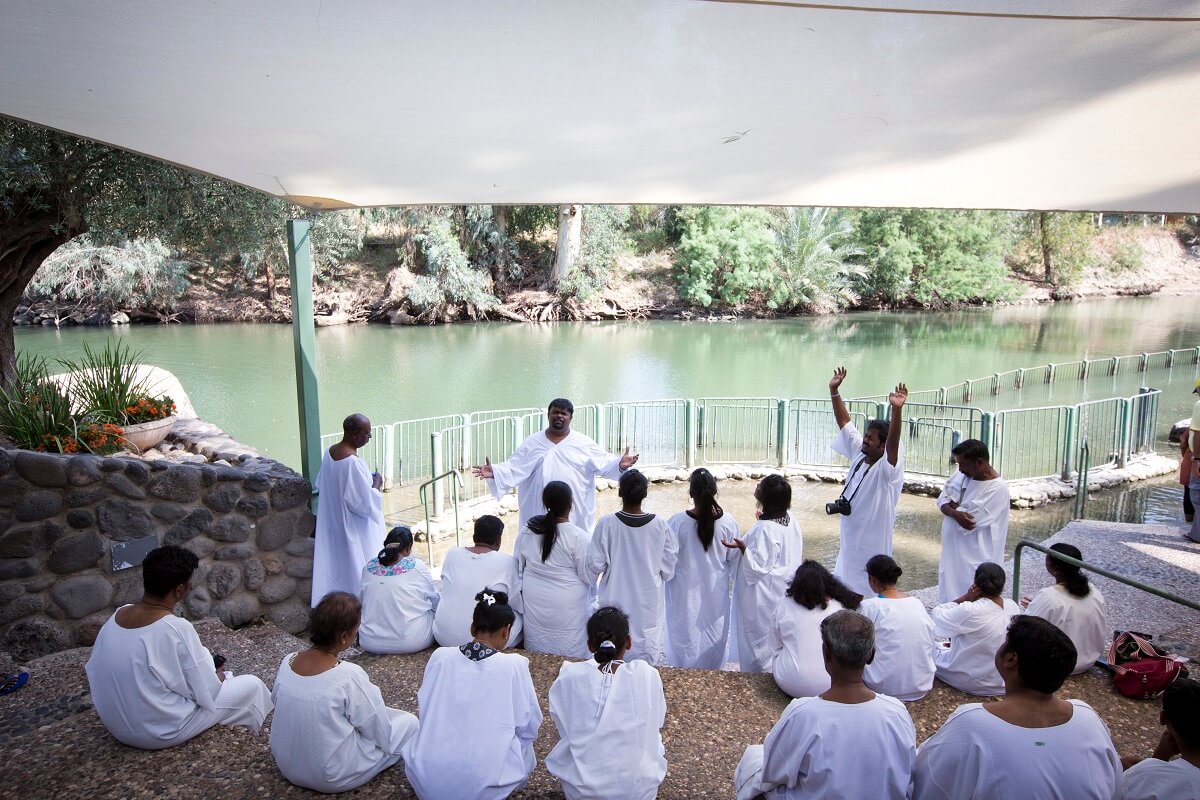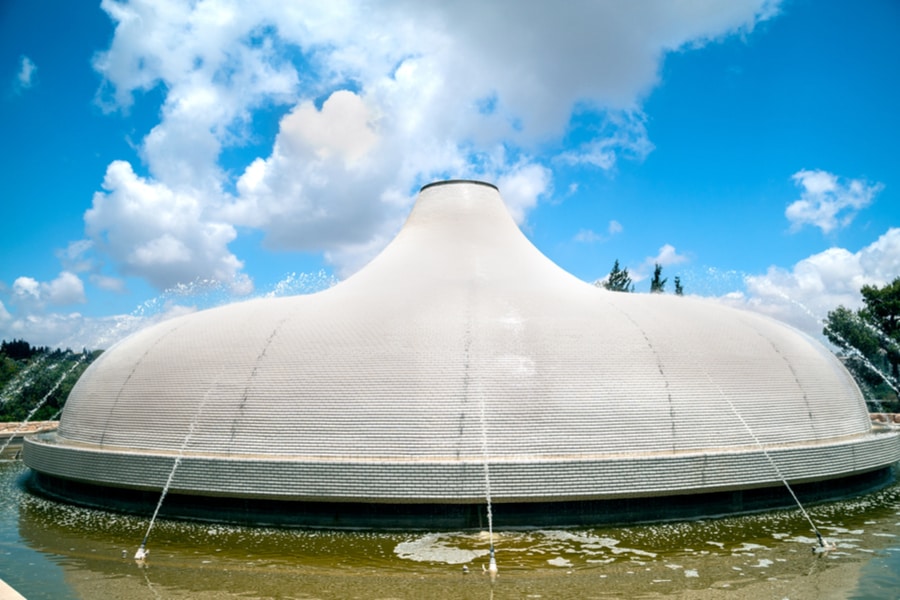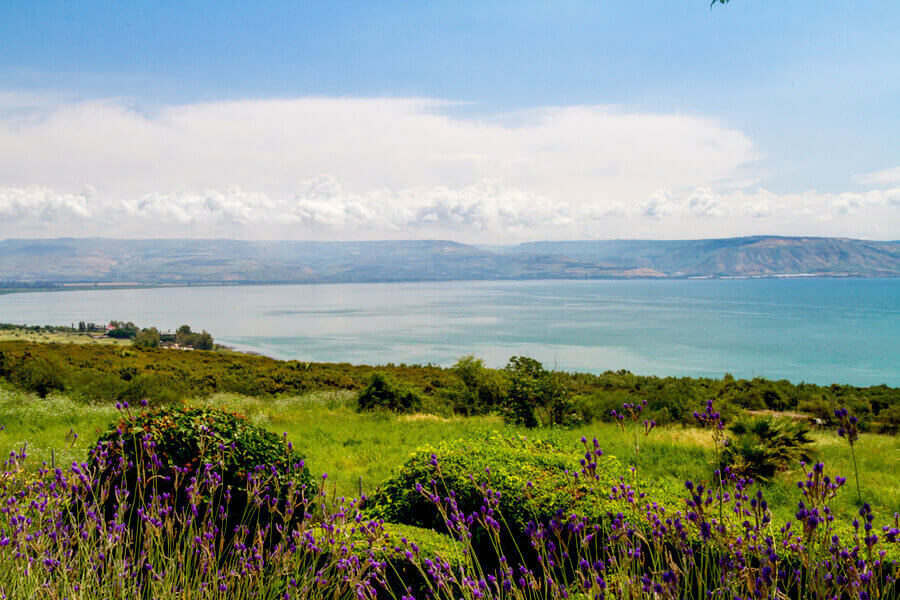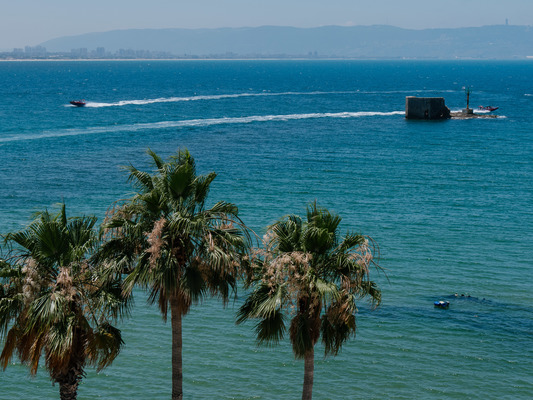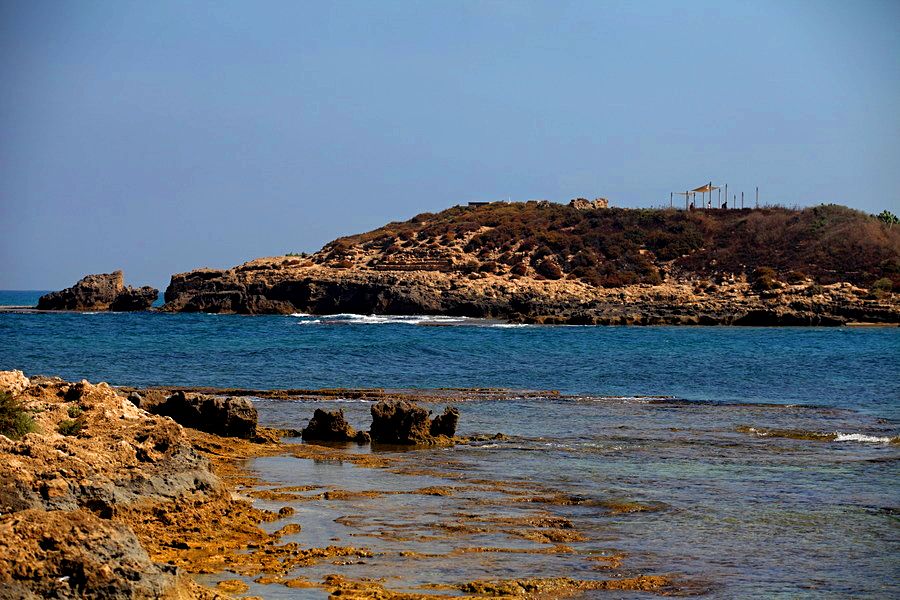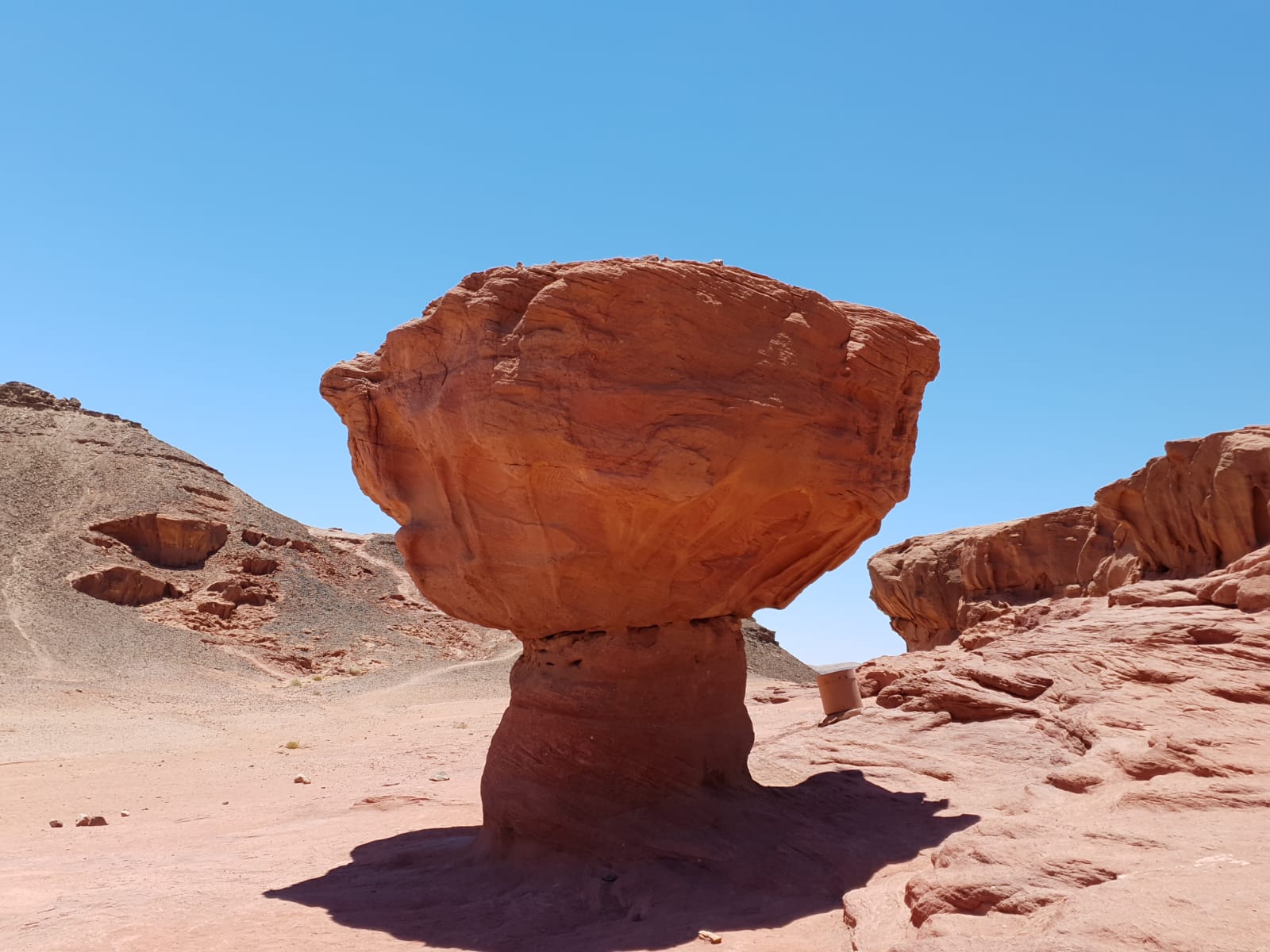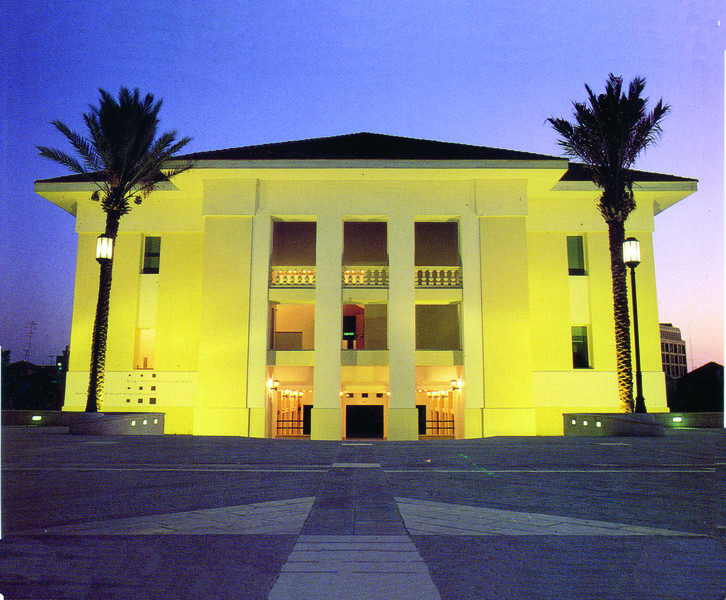The Mediterranean Sea
Israel’s a popular tourist destination for many reasons - ancient historical landmarks, wonderful archaeological sites, mountains, deserts and bountiful orchards. It might be a small country, but Israel packs a big punch in terms of what there is to see and do, making it an ideal place to take a break. And for those who love water, one of the biggest draws has got to be its long, sandy coastline with gorgeous beaches, bordered by the beautiful, clear waters of the Mediterranean Sea.A boat in Caesarea Harbor.Photo credit: © ShutterstockToday we’ll be taking a look at what makes the Mediterranean sea so special - its location (and ports that served it historically), its geography and weather patterns, the tremendous biodiversity it offers marine biologists, and its beautiful beaches. We’ll give you a little insight into the astounding maritime archaeology that can be found off the Israeli Mediterranean coast, as well as a few tips and pointers for holidaying at cities up and down its shores.Etymology of Mediterranean SeaThe actual word ‘Mediterranean’ comes from the Latin ‘mediterraneus’. Medius and terra, combined, spell out ‘middle of the land’. However, the Mediterranean has been known by a number of names throughout history - to the ancient Romans it was ‘mare nostrum’ (‘our sea’) and to the Turks ‘Akdeniz’ (‘the white sea’).The Old English name of theMediterranean Sea was Wendel-sæ, named so after the Vandals, living on the southwest coast after the fall of Rome. In Hebrew, it is ‘HaYam HaTikhon’ (‘the middle sea’), in Arabic ‘Al-Baħr Al-Abyad Al-Muttawasit’ (‘the middle white sea’) and in the Bible, it is referred to as ‘the Sea of the Philistines’, ‘the Great Sea’ or simply ‘the Sea.’Aerial view of Caesarea coast, Israel. Photo credit: © ShutterstockGeographyof Mediterranean SeaIn general, the Mediterranean climate is one of mild, wet winters and hot, dry summers, which is why it's ideal for growing crops such as olives, lemons, oranges, and grapes. Because it is almost landlocked (having only the narrowest connection with the Atlantic ocean) its tides are quite limited. Another thing that is noticeable about this sea is its color - because nitrates and ammonia in its waters are in short supply, the result is the crystal clear blue waters that swimmers and divers know and love. Additionally, although most nutrients are found in the bottom layers of the sea, algae thrive at the top (where the sun shines).What many people don’t know is that, long ago, the Mediterranean sea almost dried up - and it was only ‘revived’ by a sensational flood, about 5 million years ago. Some scientists even believe that - for a time - the entire sea evaporated - and was desiccated, just like the Sahara. Today, the only real evidence of this ‘flood’ is a layer of salt up to two miles thick, hidden deep below the sea basin. The Mediterranean Sea in Acre, Israel.Photo credit: © ShutterstockMediterranean WeatherThe weather in Israel’s Mediterranean area, as mentioned before, is characterized by hot, dry summers and cool, rainy winters. Rains begin in late October and are usually gone by early May, with rainfall peaking in January and February. From late spring to October, temperatures can be scorching and high humidity levels can make walking outside quite uncomfortable. The evenings bring a breeze, but it is quite common, in July and August, for the thermometer to register 25 degrees celsius (77F) at midnight and soar to 36C (96.8F) in the day.History of the Mediterranean SeaFrom ancient years (dating back to the Bronze Age) to contemporary times, the Mediterranean Sea has played an important part in Israel’s history - in the form of a number of ancient seaports such as Jaffa, Caesarea, and Acre.Jaffa (from where Jonah supposedly fled God and, for his trouble, was swallowed by a whale) is arguably the oldest seaport in the world - ancient documents show it was in use as long as 4,000 years ago.The Cable Car to Rosh Hanikra Sea Caves on the coast of the Mediterranean Sea, Israel.Photo credit: © ShutterstockCaesarea and Acre (further up the coast) also give visitors an idea of how important the Mediterranean was to Israel. Caesarea (established by King Herod in 20 CE) was the main gateway port for Roman soldiers and even though much of it was destroyed, you can still see incredibly well-preserved ruins there today.The same is true for Acre - during Crusaders' times, it was a leading port for Europeans arriving and departing and several rabbis arrived there, including Maimonides. Today it is a UNESCO World Heritage Site and famous for its citadel walls, Arab gates, and Ottoman towers. Today, Israel has two large, active cargo ports - Ashdod and Haifa. Haifa has emotional significance to Israelis too because it was the point of entry for many refugees arriving in Israel, first fleeing Europe after the Holocaust and later seeking refuge from Arab persecution.View of Jaffa port and Tel Aviv beachfront.Photo credit: © ShutterstockBiodiversityThe Mediterranean is a veritable hotspot for biodiversity - it has between 15,000 to 25.000 species, and 60% of these are unique to the region. Even though it covers less than 1% of the world’s ocean area, this tiny semi-closed sea is rich in underwater beds and islands, as well as serving as an important place for wintering, reproduction, and migration of species.Climate Change and Environmental ChallengesClimate change is also causing problems for the Mediterranean - its million cubic miles of water keep vaporizing as the years pass, with insufficient rain to rectify the loss. The only water source keeping the sea stable is flowing through the Strait of Gibraltar (a narrow channel between Spain and Morocco). In the meantime, over 1,900 species of birds, fish, mammals, and reptiles have recently been assessed by scientists and it is estimated that almost 20% of them are threatened with extinction. Certain irreplaceable species are already extinct, including the Hula Painted Frog and the Sardinian pike. Reasons for this include habitat loss (caused by developing coastal infrastructure and dam building) as well as over-fishing, pollution, and invasions by alien species. Increasing urbanization and the arrival of millions of tourists to the area each year are also taking their toll. It’s safe to say that urgent conservation action needs to be taken, as well as caring for endangered species, to ensure the damage does not continue.Tel Aviv Promenade.Photo credit: © ShutterstockThe Mediterranean Sea in IsraelWhy is the Mediterranean sea important to Israel? For millions of Israelis (as well as those visiting the country) the Mediterranean sea is a source of pleasure, leisure, income, and food. Alcoholism, obesity, and heart disease rates are some of the lowest in the world here, even though wine, olive oil, fruit, and bread are widespread. Abundant sunshine means it's easy to get a constant supply of Vitamin D.The sea absorbs around a quarter of all the carbon dioxide added to the atmosphere through human activity. Many scientists believe that living near the Mediterranean reduces the risk of heart disease, type 2 diabetes, Alzheimer's, and Parkinson's, not to mention improving longevity and quality of life. Mediterranean sea air is a natural cleanser, has antiseptic properties, and can help improve circulation. It all helps - in 2021, Israel was ranked 12th in the UN’s World Happiness Index and Tel Aviv, in particular, is said to be the world’s 8th most happy city! Surely this has got something to do with living next to the Mediterranean sea and its glorious beaches?Tel Aviv beachfront. Sunset on a rainy day. Photo by Shai Pal on UnsplashIsraeli Cities on the MediterraneanMany important cities in Israel are situated on the Mediterranean coast, including Ashkelon, Ashdod, Jaffa, Tel Aviv, Herzliya, Haifa, Acre, and Nahariya. So if you’re looking to travel in this area, either independently, as a part of a group tour, or by booking a private tour, then you have an astonishing number of beach options. From Surfing and Drumming to Churches and FishermenTel Aviv is a magnet for travelers of course - its foodie scene, small coffee shops, bustling boardwalk, small boutiques, and 24/7 nightlife make it incredibly popular with all age groups. Tel Aviv’s beaches all have their own style and flair - whether you want to beat drums, surf, enjoy some folk dancing or simply lounge on a chair - there’s something for you. Moreover, Jaffa is less than an hour’s walk south along the shore from North Tel Aviv’s Namal Market, and a marvelous place to spend time. Whether you want to rummage in the Jaffa flea market, stroll the narrow, cobbled streets of the Artists' Quarter, or wander down by the harbor, watching fishermen sit patiently at Jaffa Port, hoping for a catch, you’ll have a fine time.Ships at Jaffa Port. Photo credit: © ShutterstockFortresses, Sand Dunes, and BathingSouth of Tel Aviv, Ashdod and Ashkelon have wonderful sandy beaches, complete with sand dunes. Ashdod has an ancient fortress and Ashkelon boasts a National Park, where you can bathe and then explore nature on the same day. North of Tel Aviv, upmarket, ritzy Herzliya Pituach and French-dominated Netanya (where boulangeries serving authentic croissants and quiches) are fantastic for travelers. The sea temperature of the Mediterranean is cool in the winter but between May and October, it is pleasantly comfortable (almost like a warm bath) for swimming. The jellyfish season in Israel is usually between June and August, so watch out! (Luckily, although a sting can be painful, it will not be fatal). And as for the question “Are there sharks in Israel?” the answer is, “Yes, but none that will hurt you!”. In recent years, groups of ‘sandbar sharks’ (an endangered species) have been sighted both in Ashdod and Hadera, although they are still pretty rare. So spending a day at the beach is really not a bad idea!Ashkelon Beach.Photo credit: © Dmitry MishinShore Excursions and Day Trips to JerusalemFor those who would like to explore the north of the country, we’d highly recommend booking Caesarea, Acre, Rosh haNikra tour.It’s also possible to take a private Israel Shore excursion from Ashdod of Haifa. If you’re on a cruise that docks in the country, this is the ideal way to spend a few hours and because most of these tours are private, they can be customized according to your exact needs.Many of our customers also ask us “How far from the Mediterranean Sea is Jerusalem?” and the answer is “not far at all!” From Tel Aviv, it's a 45-minute drive (without traffic) and even faster with the new high-speed train which for a few dollars will transport you to Jerusalem’s central train station (connected with the light rail, and just a 15-minute journey thereafter from the Old City Walls). So you can enjoy time at the coast and also visit this unique city - taking a day trip to Jerusalem has never been this easy.Maritime ArchaeologyIsrael is also home to all kinds of maritime archaeology, not to mention shipwrecks that have been found off the Mediterranean coast. Historically, Israel’s coastline lacked deep and natural harbors so boats in ancient times had to look for shelter from the storm in river mouths. Many, unfortunately, did not survive the perilous waters!Since the 1960s, maritime archaeologists have been carrying out underwater excavations all along the coast, trying to find the remains of shipwrecks, cargos, and ancient harbors. For those who are curious, there are a number of national parks that can still be visited, giving a sense of how these coastal towns operated thousands of years ago. Here are a few we’d recommend:Aqueduct Beach, Caesarea, Israel.Photo credit: © Shutterstock- Ashkelon Archaeological park is just 40 minutes drive from Tel Aviv and boasts an ancient fortress and the remains of two churches. - Crusader City in Acre - The maritime capital of the Crusaders, Acre has astonishingly well-preserved ancient walls. Don’t miss the citadel, Templars' Tunnel, Knights Hall, Al-Jazzar mosque, and a stroll along the harbor.- Caesarea National Park - this magnificent Herodian city boats an amphitheater. Roman theatre, Caesarea Port, hippodrome, and bathhouse. There’s also an Underwater Museum (fantastic for diving enthusiasts) and the often-empty Aqueduct Beach.- Apollonia-Arsuf National Park - close to Herzliya, here you can walk along the coastal path and explore this Crusader castle and Roman villa. -The Carmel Caves - these dwellings of prehistoric man provide valuable insight into life back then, with excavations throwing up flint tools, animal bones, and a human burial site. - Tel Dor National Park - this ancient Phoenician port city can be found on the Carmel coast and was once a great city in the Mediterranean.- Atlit Yam - located near Haifa, a number of submerged prehistoric sites have been found here, dating back to 7 BCE. Findings include a mysterious stone circle and dozens of human skeletons, all still in their graves. One of the oldest and largest sunken settlements ever found.Apollonia coastline, Israel.Photo credit: © Dmitry Mishin
